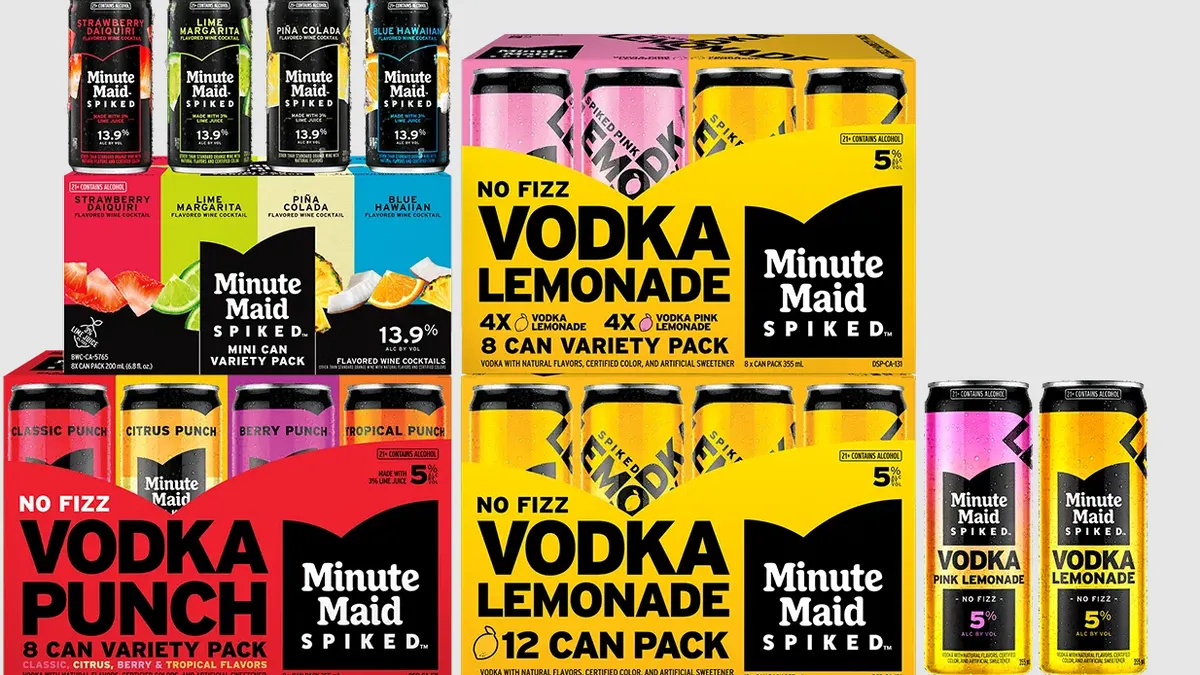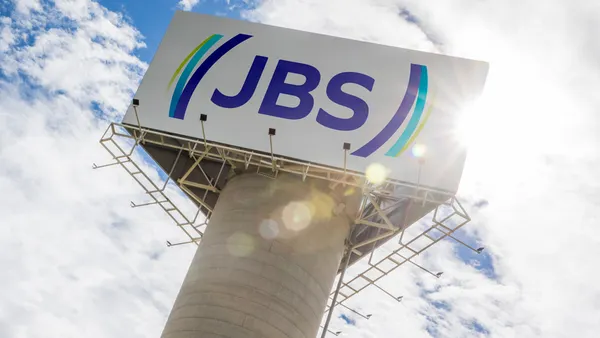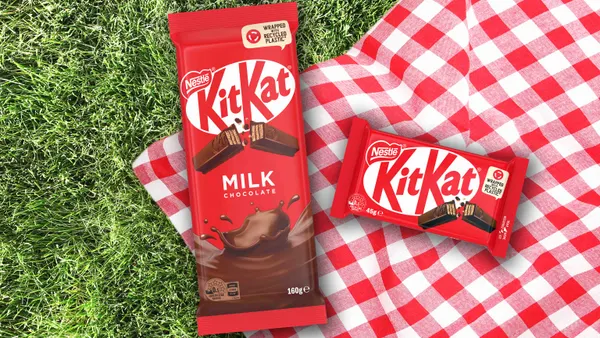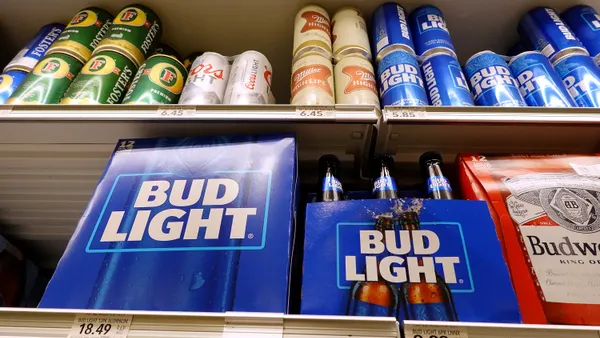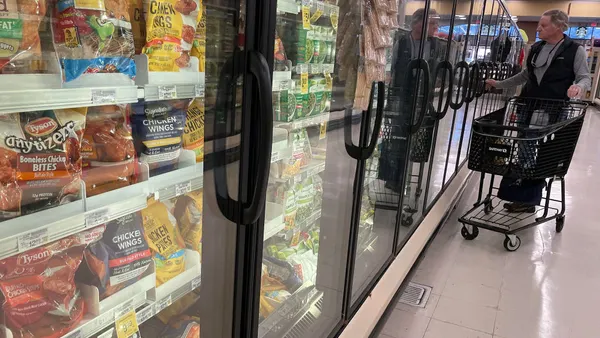With approximately 50% of new beverages in the U.S. now utilizing natural coloring sources,[1] the shift from artificial colorants to natural and nature-inspired sources is undeniable. For food and beverage brands, much of this transition has been driven by recent regulatory changes around artificial dyes like the ban on Red No. 3 and California’s move to ban azo dyes in schools from Dec 2027.
However, it’s not just regulators turning their backs on artificial colors but consumers too. In fact, 27% of consumers claim to actively consider the type of colorant, be that natural or artificial, when choosing new products.[2] They want access to multipurpose products that are delicious, enjoyable and support their health — while also increasingly prioritizing clean-label ingredients. With two-thirds of consumers globally factoring clean-label attributes into their purchasing decisions, [3] brands must carefully balance all these elements to meet evolving demands in a single drink.
Despite the shift in preference to natural, consumers still want products that look as good as they taste. Younger demographics, particularly Millennials and Gen Z, are looking for vibrant, ‘Insta-worthy’ beverages. A prime example of this is McDonald's 2023 launch of the ‘Grimace Shake’, a vivid purple milkshake and an unconventional color choice for a category dominated by soft pink and white hues. However, the drink quickly went viral and was cited in the company’s Q2 earnings as a contributor to overall sales growth that year.[4] This isn’t surprising as bold shades of red, purple, orange and yellow are often the colors most popular with consumers due to their eye-catching nature.
Overcoming the ‘natural’ challenge
In the past, artificial additives were the go-to choice for ensuring consistent, long-lasting vibrancy in products due to their stability in formulations. However, nature-based color sources behave differently.
Color stability can be difficult to manage across the food industry but with beverages, the unique conditions present a separate set of challenges. In bottled beverages, there is often a low pH, high levels of exposure to light and constant contact with oxygen. Such environments can cause colors from nature-inspired sources to fade, degrade and disperse unevenly.
The good news? dsm-firmenich has the solution. Our advanced encapsulation techniques ensure that natural-inspired colors retain their vibrancy throughout a product’s shelf life, even in challenging applications like clear, low-pH beverages. Whether it’s an energy drink, sparkling water or functional juice blend, our color solutions help beverages looking bright and appealing from production to shelf, ensuring lasting impact through packaging, transport, display and, finally, the shopping basket.
We’re also bringing together inspiration from nature’s best ingredients with cutting-edge technology to create next-generation beverage colors. For instance, our expertise in fermentation allows us to produce high-quality, more stable pigments without relying on agricultural land or seasonal variability. This ensures a reliable year-round supply while significantly reducing the environmental impact of ingredient production. Take β-carotene as an example. Traditionally sourced from carrots, we can now produce it through fermentation, offering a sustainable alternative that delivers the same bright orange brilliance consumers have come to expect.
At dsm-firmenich, we’re leading the way in redefining how beverages get and maintain their color. By leveraging groundbreaking fermentation technology and innovative extraction methods, we are helping brands unlock a new world of nature-inspired colors that are stable, sustainable and visually striking.
To find out more about our color solutions for beverages, visit: coloration solutions.
Resources:
[2] Ipsos for dsm-firmenich, 2023
[3] Innova Market Insights “Clean Label Trends: Global Market Overview” https://www.innovamarketinsights.com/trends/clean-label-trends/#:~:text=Clean%20Label%20for%20Health,section%20of%20the%20world's%20population






